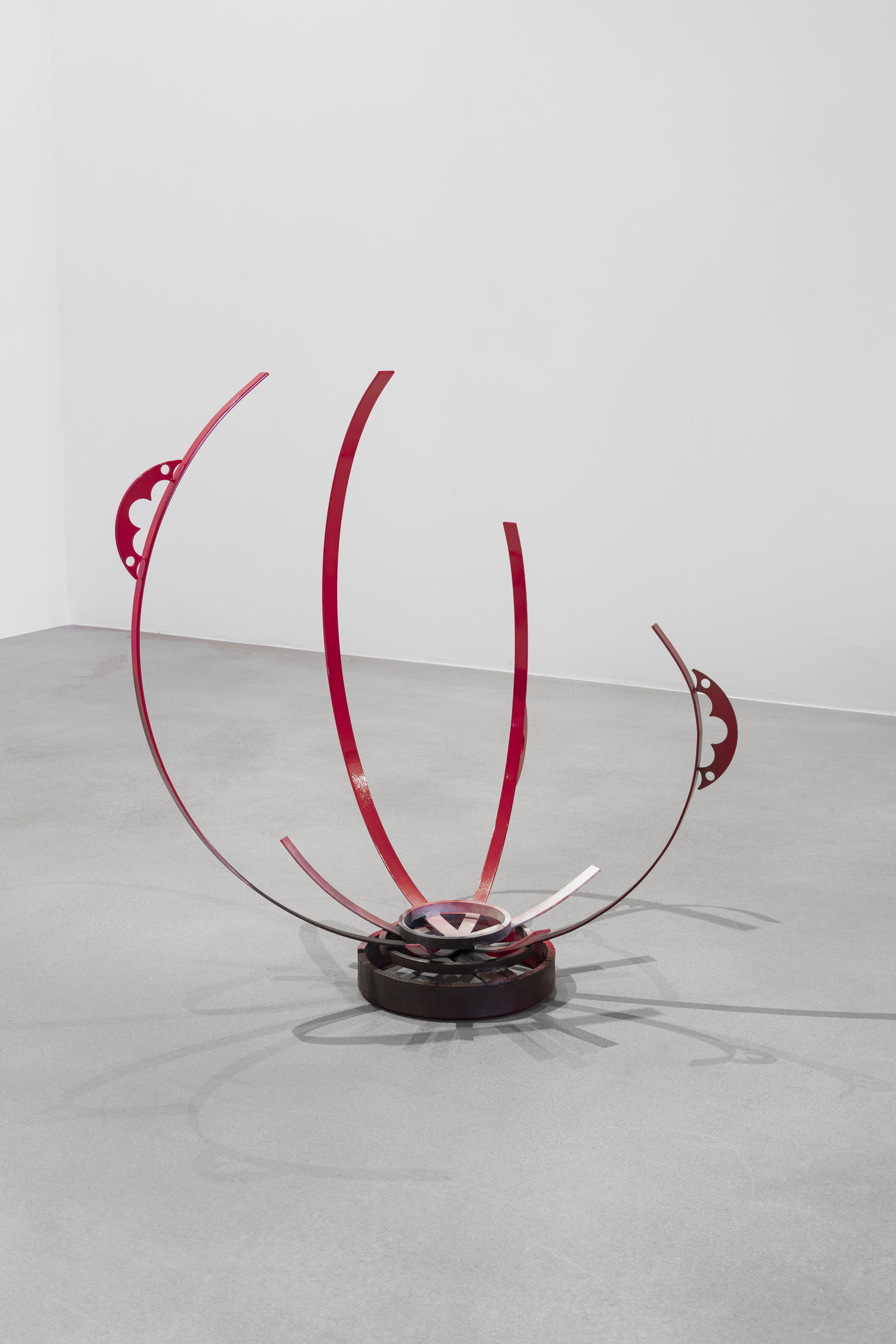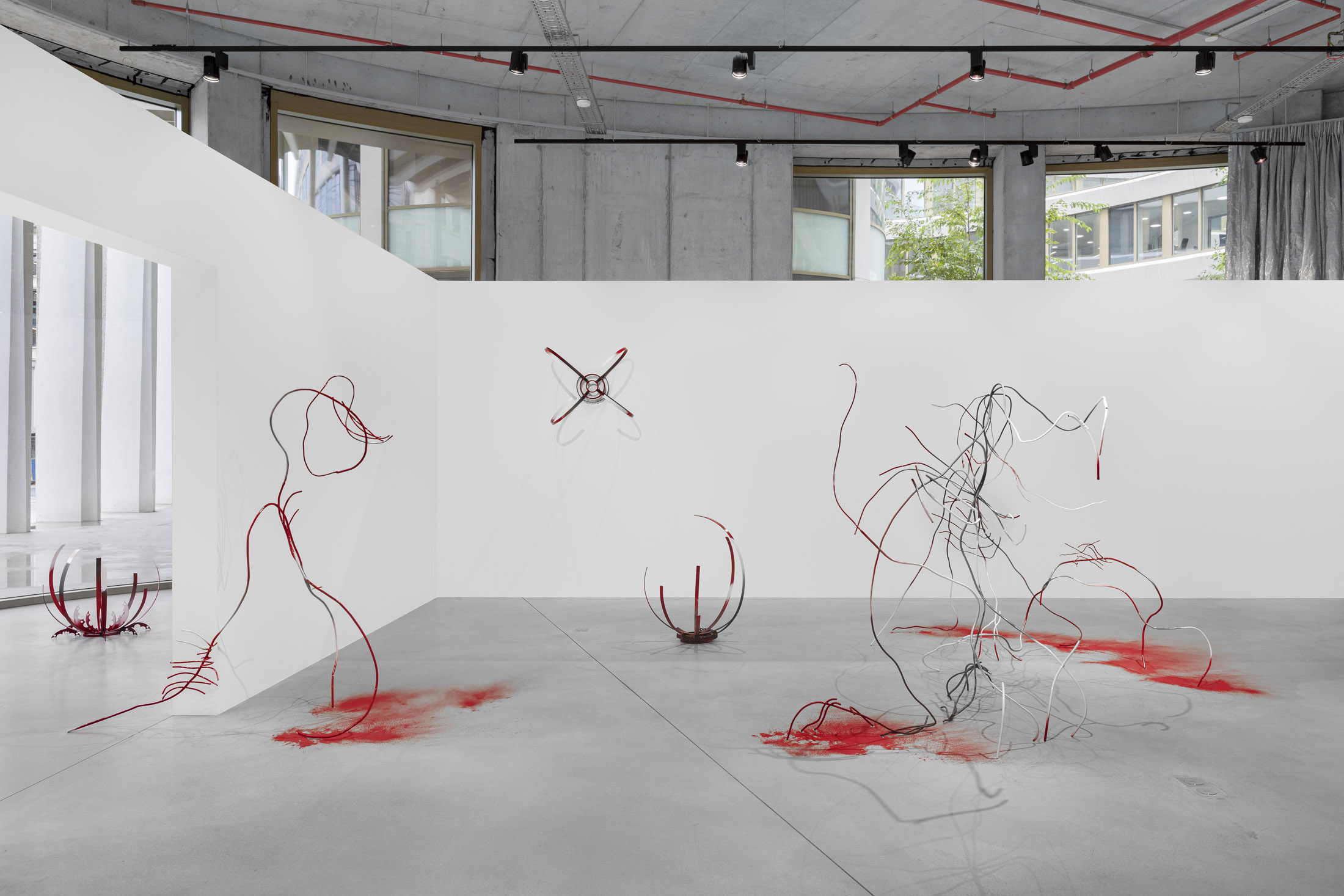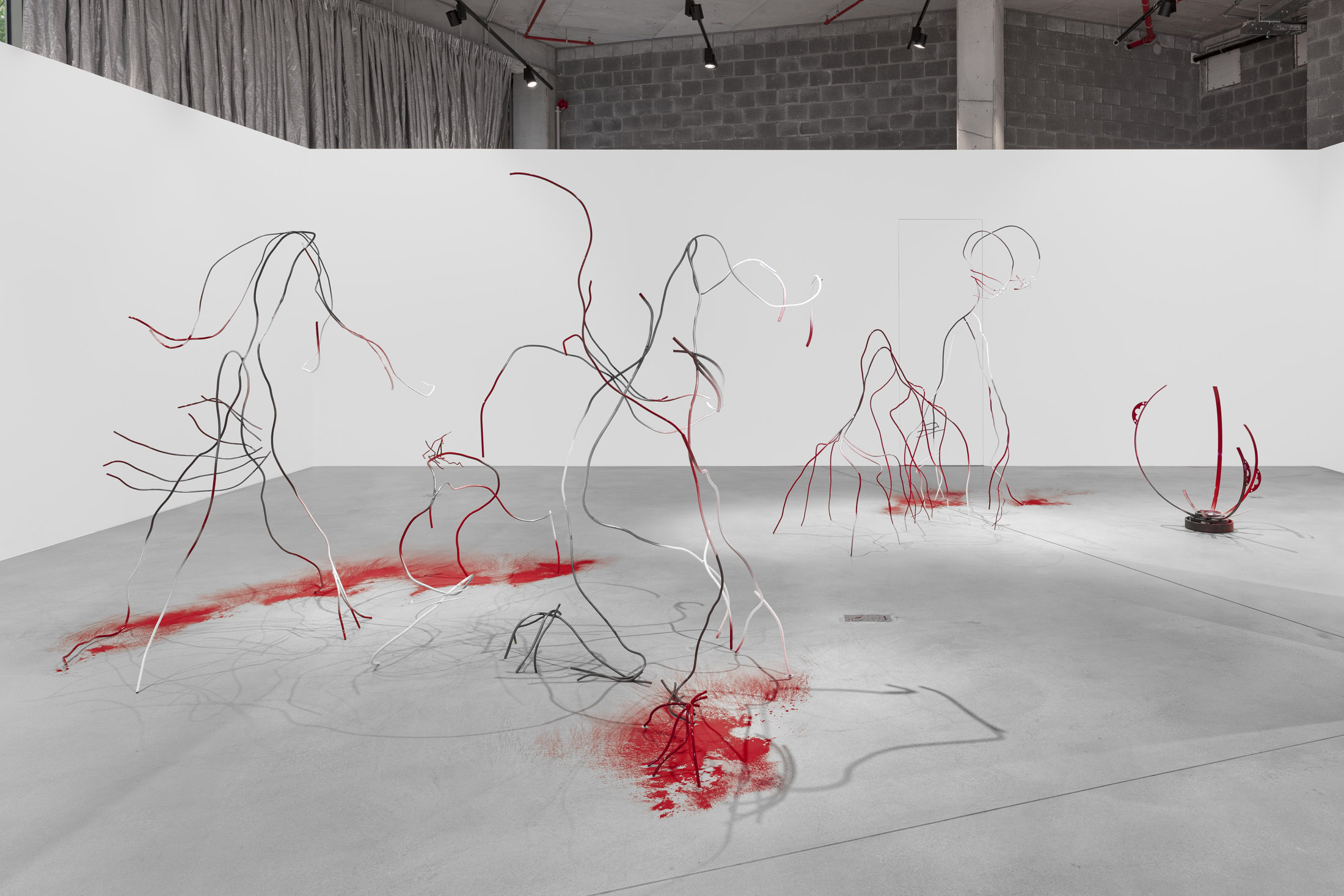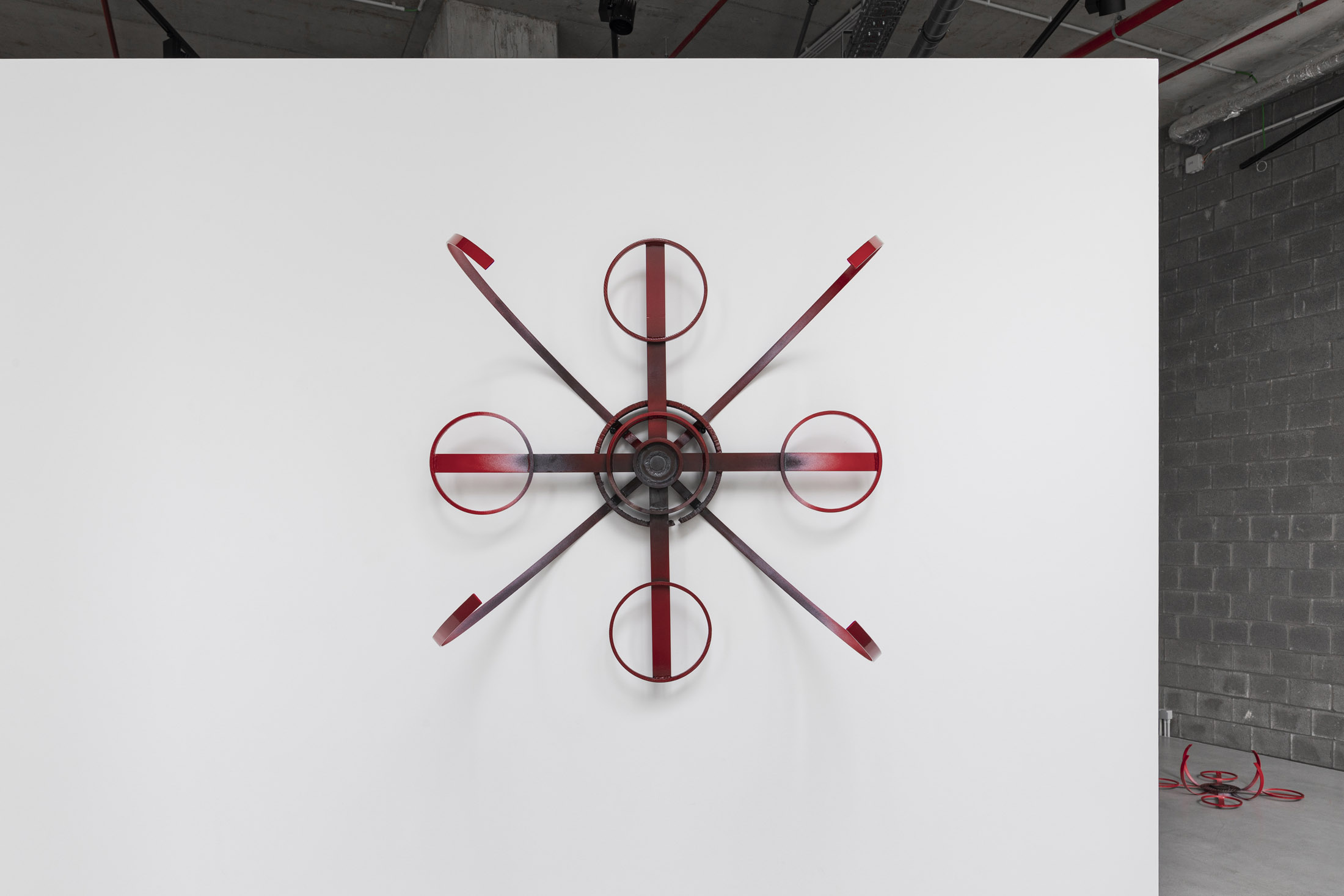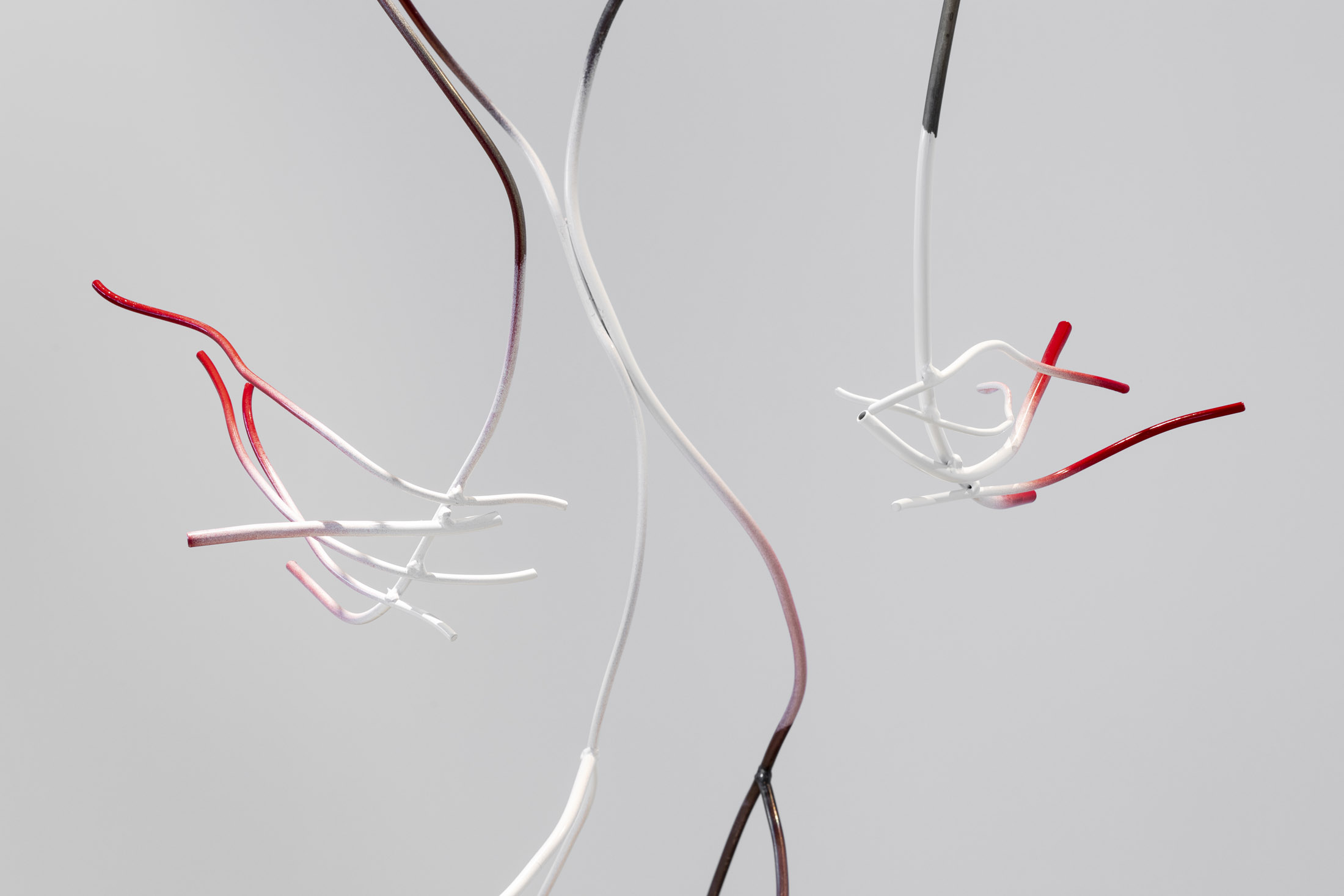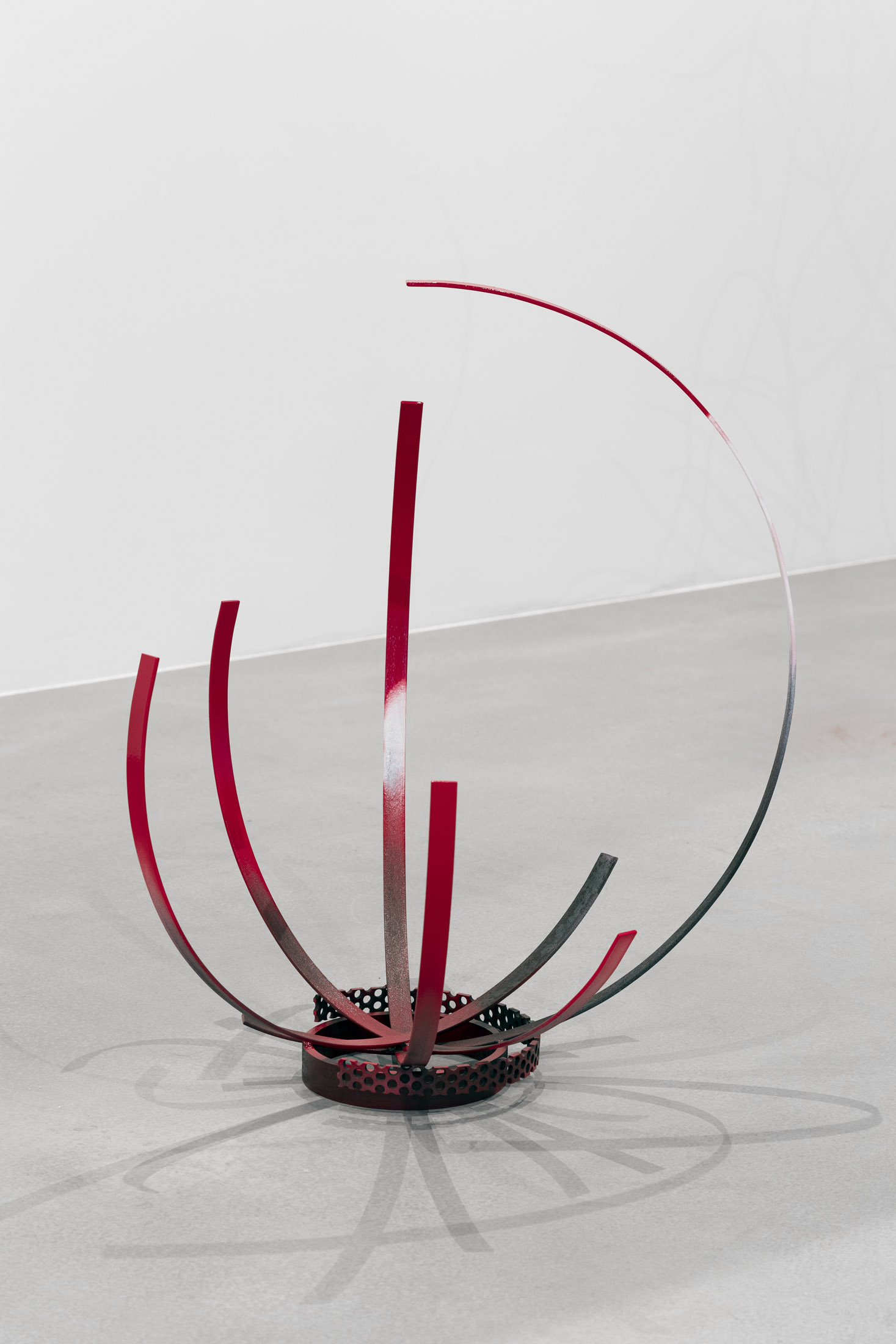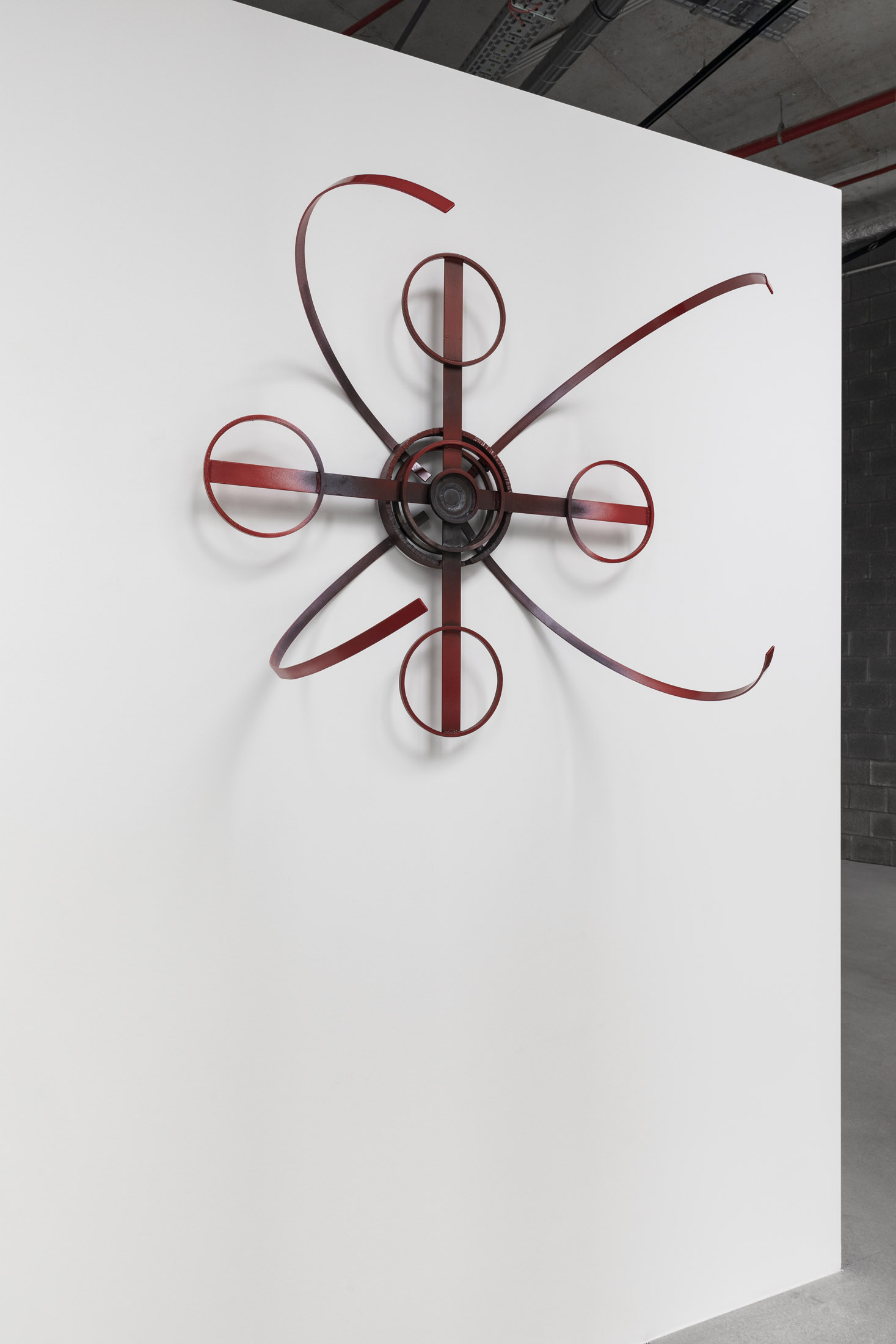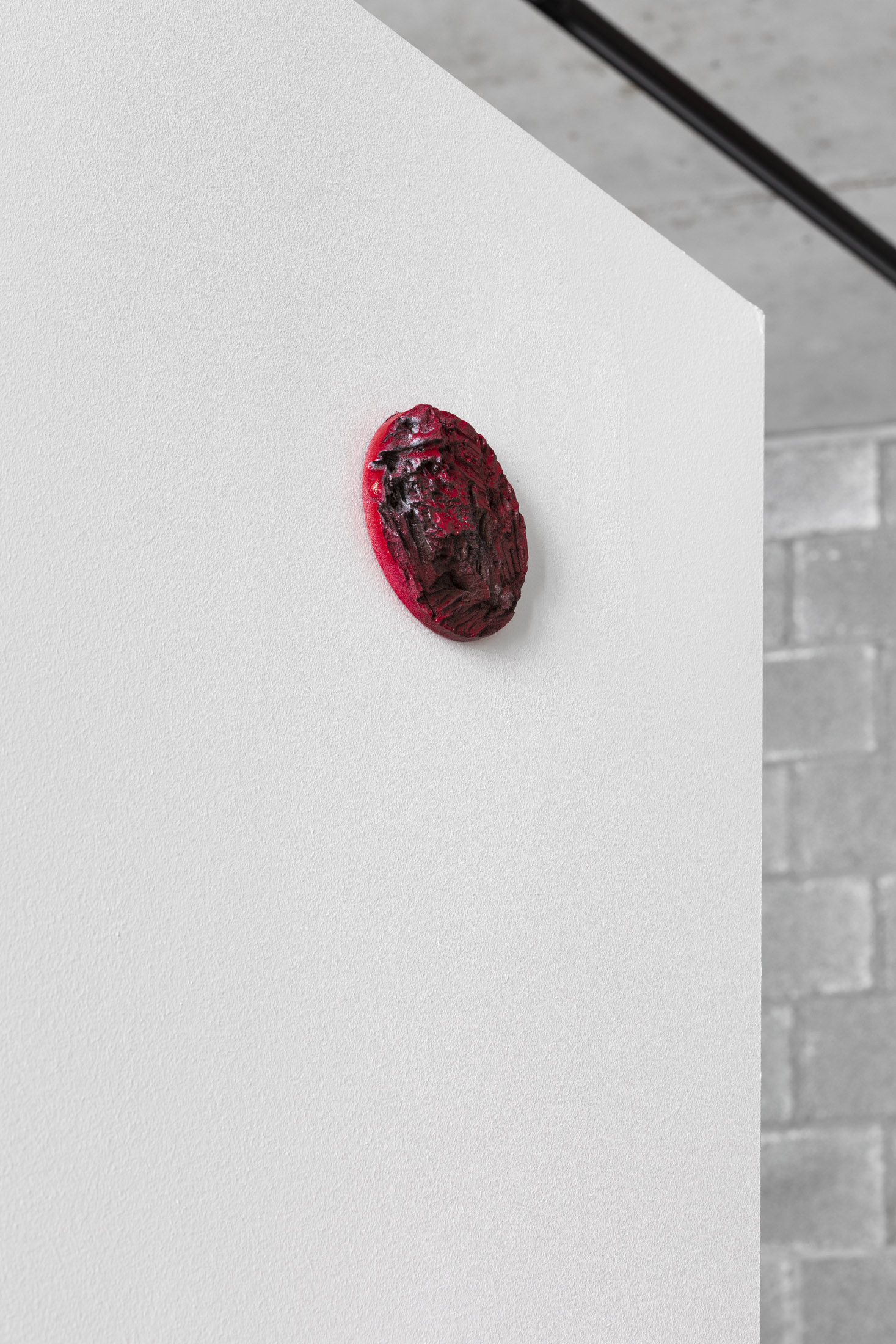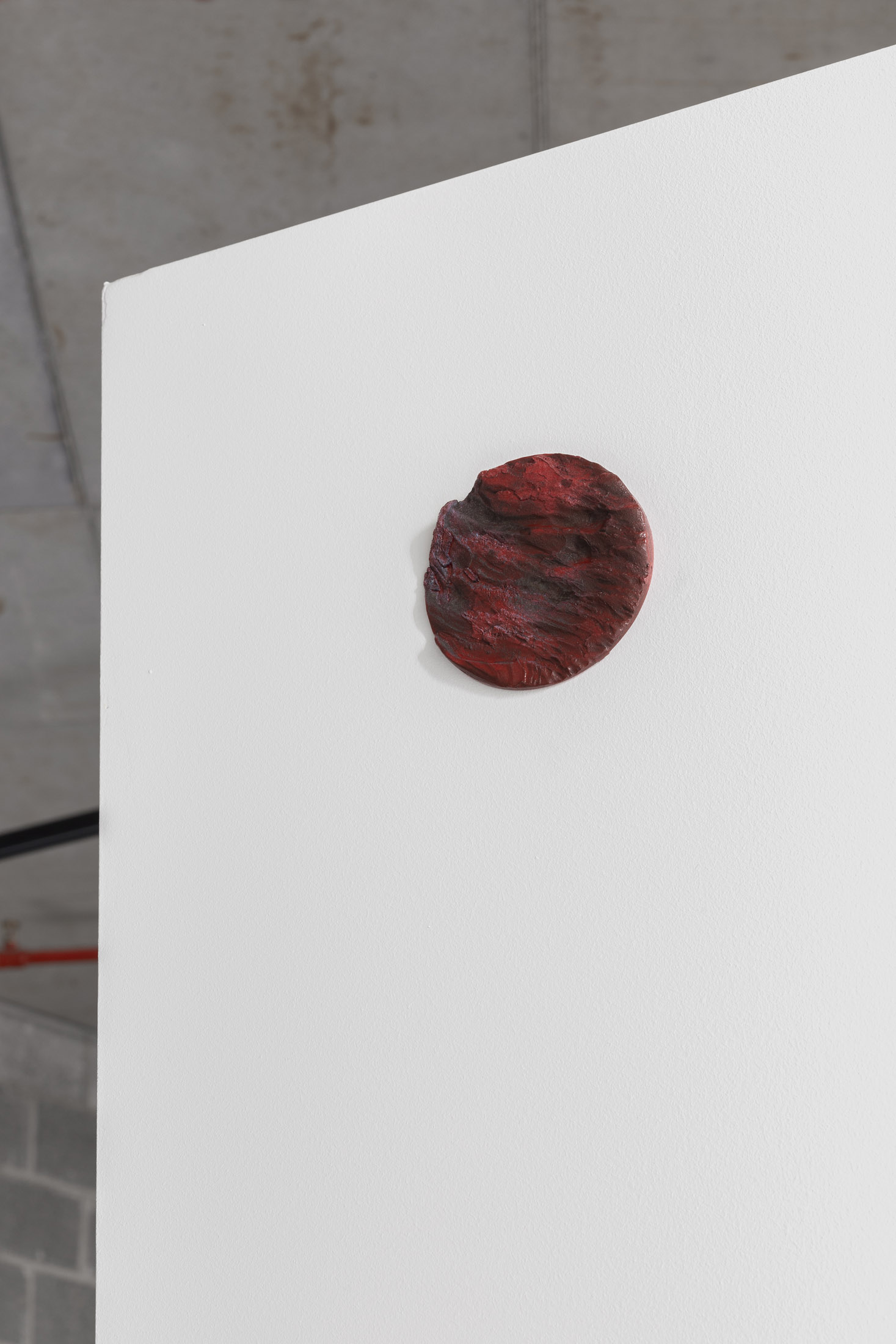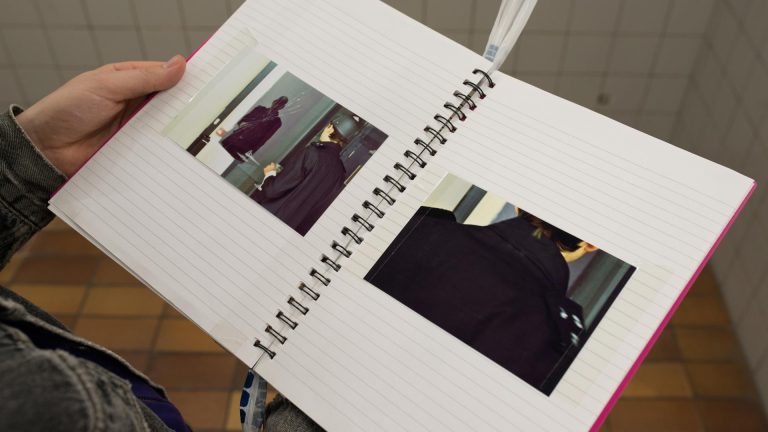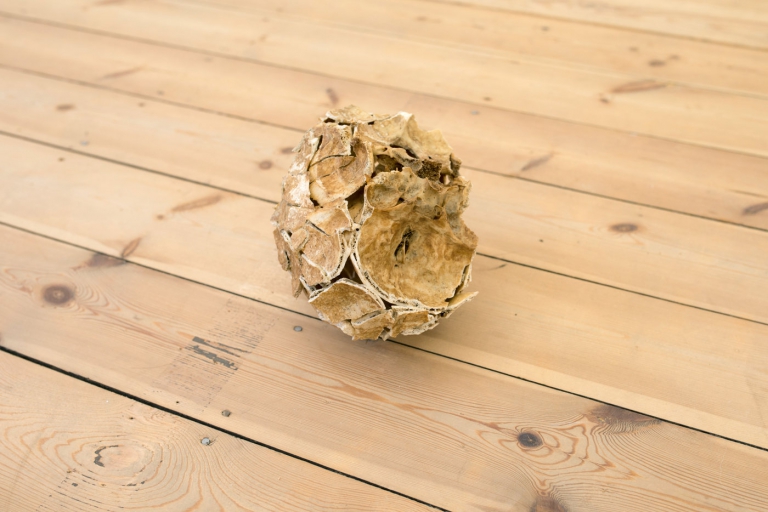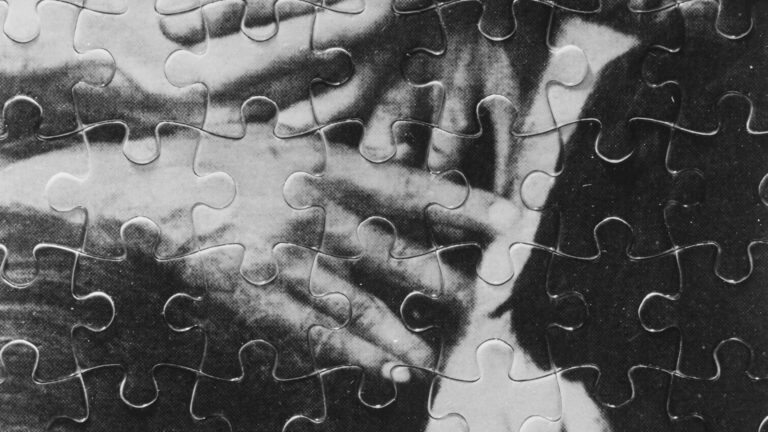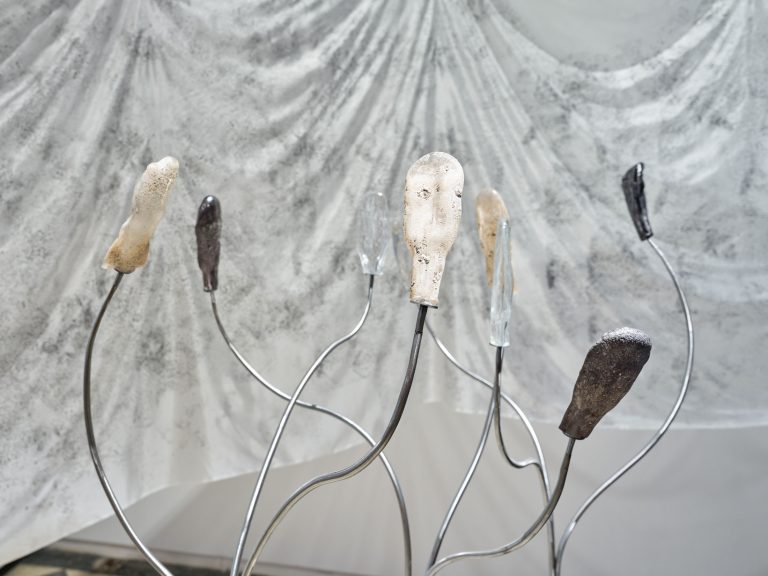Artist: Zuza Golińska
Exhibition title: Swarm
Venue: KIN, Brussels, Belgium
Date: October 27 – December 2, 2023
Photography: ©Useful Art Services, all images copyright and courtesy of the artist and KIN, Brussels
Note: Exhibition’s floor plan is available here
Zuza Golińska’s works often takes the form of sculptures. For Golińska, the occupation of space itself, is the primary medium. Over the last few years, materiality has gained increasing significance and importance in the artist’s work. This development can be traced back to Golińska’s residency in Ivano-Frankivsk, Ukraine in 2019, where she lived and worked in a centrally located complex of the Promprylad factory. Once a leading producer of gas meters in Soviet Ukraine, now post-socialist reality has lead to the decline of Promprylad’s production. Nowadays, creative industries have entered the complex. Yet, unlike in the capital-intensive urban centres where traces of labour have almost entirely disappeared, parts of Promprylad continue to be lined with the lives of former workers.
In the middle of a scorching summer, Golińska found herself within the industrial ecology of Pomprylad, observing the factory workers as they bent, cut, welded and powder painted steel in a bright yellow color typically used to protect gas infrastructures from rust. The industrial production process, concealed behind walls of factories and protocols of industrial safety, became directly known and tangible to her. She came across heaps of scrap metal and ordinary waste from the cutting process, ultimately destined for remelting in the heat of the steelworks oven. Golińska made use of that scrap metal, upcycling it in cooperation with the welders and painters of Promprylad into initial test sculptures that eventually became her series entitled Suns.
The time in Promprylad initiated a shift in Golińska’s practice. Promprylad is to Ivano-Frankivsk, what the shipyard is to Gdańsk. The city where Golińska was born and raised. The manufacturing giant grew at the centre of Gdańsk since the mid-19th century. In the 20th century shipbuilding, maintenance, and service employed and fed major parts of the city’s population, including, in the second half of the century, Golińska’s grandfather and his brothers who were all ship mechanics. In the 1980s, the Gdańsk Shipyard became the central stage of the fall of socialist governments across Europe. Since then, the formerly state-owned complex has been progressively privatized and divided, leading towards its decline. Nevertheless, shipbuilding and ship maintenance continue to this day, and large central areas of the city are still organised around the industry. It is in that landscape that Golińska rooted her practice since returning from Ivano-Frankivsk.
Swarm exhibited at KIN continues on the path set by Golińska in her previous works. The sculptures have a strong material presence that result from Golińska’s involvement in producing them within the boundaries of her workshop in the Gdańsk Shipyard. She moves through the metal workshops, scavenging through heaps of scrap metal, selecting, arranging and testing the forms in space. Cooperating with the welders, who used to approach her with disbelief and now are familiar with her presence, she binds and scrapes metal together into sculptures. Or, if the scraps allow it, she bends them into the desired forms. Finally, the rusty metal is partially powder painted in bright colours adding futuristic and painterly dimensions to the final form of the works.
When we enter Swarm, we encounter an alien environment created from the leftovers of the declining factory complex. We are confronted with an ecology in which technology has replaced nature once and for all. Part of the swarm constitutes entities which seem to recall stick insects, remaining at a defensive standstill in order to avoid being consumed by more aggressive types in this uncanny crowd. The latter seems to be governed by those used for combat. They seem to originate in a cross-breeding of insect-devouring sundews with military drones. For sure they hear our steps, having satellite antennae and owls among their ancestors. Unlike the ruins of the past, contemplating the swarm does not bring recollections of the past, nor allows us to say anything certain about the future. It is a rush of here and now, gently awakened by the artist from a rusty dream of scrap heap.
Architects, artists, and philosophers, epoch after epoch, were drawn to the sublime spectacle of decay which occurs when a building loses its ‘function or meaning in the present while retaining a suggestive, unstable semantic potential.’ For most, ruin gazing triggered a nostalgic rumination about the past. Yet here we are, at the dawn of the Anthropocene epoch, waving goodbye to the stable balance between humankind and nature as it fades in the side mirror of a gasoline-fuelled car. In front are the ruins, triggering anxiety and fear. The ruins of colonialism, war and industrial progress, decay into landscapes of rust, rubble and waste stretching towards the horizon. The carcass of industrial production, that once pumped carbon-infused blood into the veins of the European cities lies on a shore of global supply chains. The digital nomads feed upon the dead beast, while ruderal plants grow over it. The atmospheric soup is progressively boiling.
For several years, Zuza Golińska has been consistently looking at, searching through and reflecting on life in this new landscape of modern ruins. Initially looking from afar, she gradually moves closer and closer, establishing lasting relationships and finally recognising this place as her own.
-Adam Przywara, Zurich, October 2023
Zuza Golińska, born 1990 in Gdańsk, Poland. She lives and works in Warsaw, Poland. Her latest exhibitions include Material Fatigue, at Central Museum of Textiles, Łódź, Poland, in 2023, Piercers, at Phoinix, Bratislava, Slovakia, in 2022, Villa(in) with Markéta Slaná, at Villa Tugendhat, Brno, Czech Republic in 2022, The Discomfort of Evening, at Zachęta National Gallery of Art, Warsaw, Poland, in 2022 as well as the Biennale Zielona Góra in 2022 and was awarded the same year the DOROTHEA VON STETTEN ART AWARD, at Kunstmuseum Bonn, Germany, for The Claws of Events.

